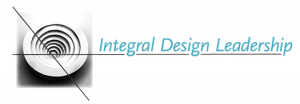Lisa Norton
Act as energy collector and catalyst of proposals, projects and people… in order to give Italy, Europe and the entire world new development perspectives and fresh growth energy. (Renaissance Link)
When the context is Italy and the theme is design leadership, singling out any one individual is no easy task. Despite the glittering achievements of his fellows, I especially admire Francesco Morace for his deft inter-organizational collaborations that synthesize the sociology of culture, design, …

